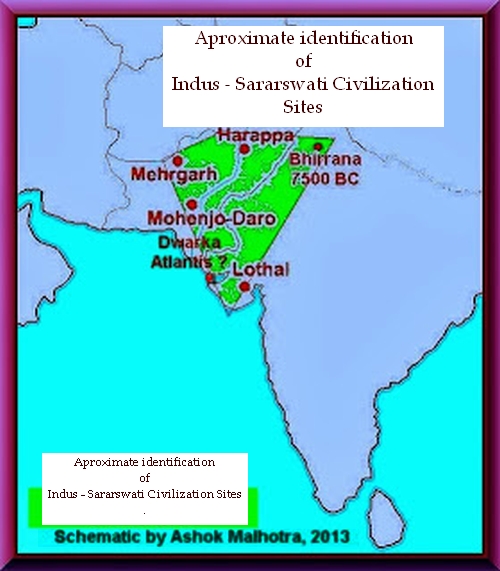Why did the Catalhoyuk people make doors in the roof?
 |
| Catalhoyuk home witha door in the roof |
Catalhoyuk was a large Neolithic proto city settlement in southern Anatolia. It is a remarkable example
which existed from approximately 7500 BC to 5700 BC. The city was
abandoned for unknown reasons before the Bronze age commenced. It is one of the few
of the earliest known cities in the world.
The inhabitants lived in mud-brick houses that were crammed
together in an agglutinative manner. No footpaths or streets were used between
the dwellings, which were clustered in a honeycomb-like maze. Most were
accessed by holes in the ceiling, with doors reached by ladders and stairs. The
rooftops were effectively streets. The ceiling openings also served as the only
source of ventilation, allowing smoke from the houses' open hearths and ovens
to escape. Houses had plaster interiors characterized by squared-off timber
ladders or steep stairs. Each main room served for cooking and daily
activities. The main rooms contained raised platforms that may have been used
for a range of domestic activities. Side rooms were used as storage, and were
accessed through low openings from main rooms. Although no identifiable temples
have been found, the graves, murals, and figurines suggest that the people of Catalhoyuk
had a religion rich in symbols. Rooms with concentrations of these items may
have been temples. The inhabitants were worshipers of the mother goddess. In
upper levels of the site, it becomes apparent that the people gaining skills in
agriculture and the domestication of animals and fruit were harvested from
trees in the surrounding hills. However, hunting continued to be a major source
of food for the community. Pottery and tools appear to have been major
industries Tools were probably both used and also traded. This is where the
oldest pottery known from Anatolia has been
found. The oldest pottery was fired, unpainted and unglazed and had a very
simple bag shaped form.
A question that shall trouble a modern observer about this
civilization is the use of a home with a very difficult door opening in the
roof rather than on the side that is far more convenient, safer from the
elements and intruders and easier to construct. What could be the reason for
such an opening?
One possibility is that these dwelling were made by a people
who lived in pits dug inside the earth prior to making such homes. In pit homes,
precisely this type of roof openings are required. The question then arises –
are there any examples of pit dwelling from around the time? The answer is yes
and this takes us to the Pre Harappan civilization in North-west India. Bhirrana is a small village located in
in the Indian state of Haryana. It belongs to the Indus Valley Civilisation
dating from around 7500 BC too. The site is situated about
220 km to the northwest of New
Delhi.
The Bhirrana excavations have revealed the remains of the Harappan culture right from
its nascent stage, i.e. Hakra Wares Culture to a full-fledged Mature Harappan
city. Prior to the excavation of Bhirrana, no Hakra Wares culture, predating the
Early Harappan had been exposed in any Indian site. For the first time, the
remains of this culture have been exposed at Bhirrana. This culture is
characterised by structures in the form of subterranean dwelling pits, cut into
the natural soil. The walls and floor of these pits were plastered with the
yellowish alluvium of the Saraswati valley. The artefacts of this period
comprised a copper bangle, a copper arrowhead, bangles of terracotta, beads of
carnelian, lapis lazuli, bone point, stone saddle etc.. The
pottery is very rich and like their Anatolian contemporaries these
early pre Harappans too were worshipers of Mother Goddess. A connection
between and a common root of both these ancient people is very possible.
Image from:
http://en.wikipedia.org/wiki/File:Catal_H%C3%BCy%C3%BCk_Restoration_B.jpg






Comments